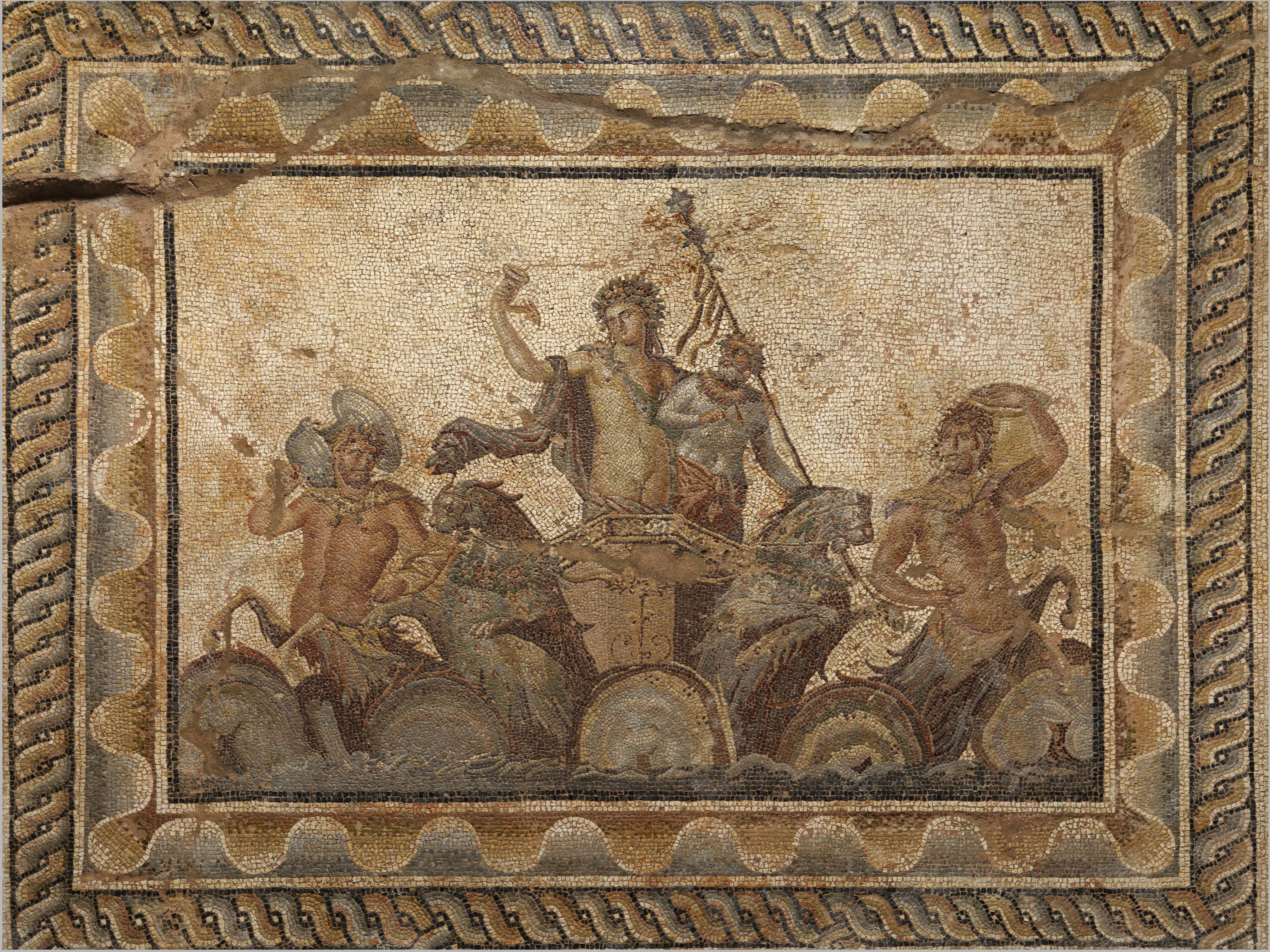The Art of Ancient Dion
Enjoying a privileged and bucolic position on the eastern slopes of Mount Olympus, the ancient Greek city of Dion prospered for thousands of years as a sacred center for the cult of Zeus and as the gateway to Macedonia. Gods and Mortals at Olympus: Ancient Dion, City of Zeus, now on show at the Onassis Cultural Center in New York, N.Y., examines the development and trajectory of Dion, from a small rural settlement to a thriving Roman colony, through the presentation of remarkable archaeological artifacts not seen outside of Greece. In this exclusive interview, James Blake Wiener of Ancient History Encyclopedia speaks to Dr. Dimitrios Pandermalis about this exhibition and Dion’s importance in the wider Greco-Roman world.

